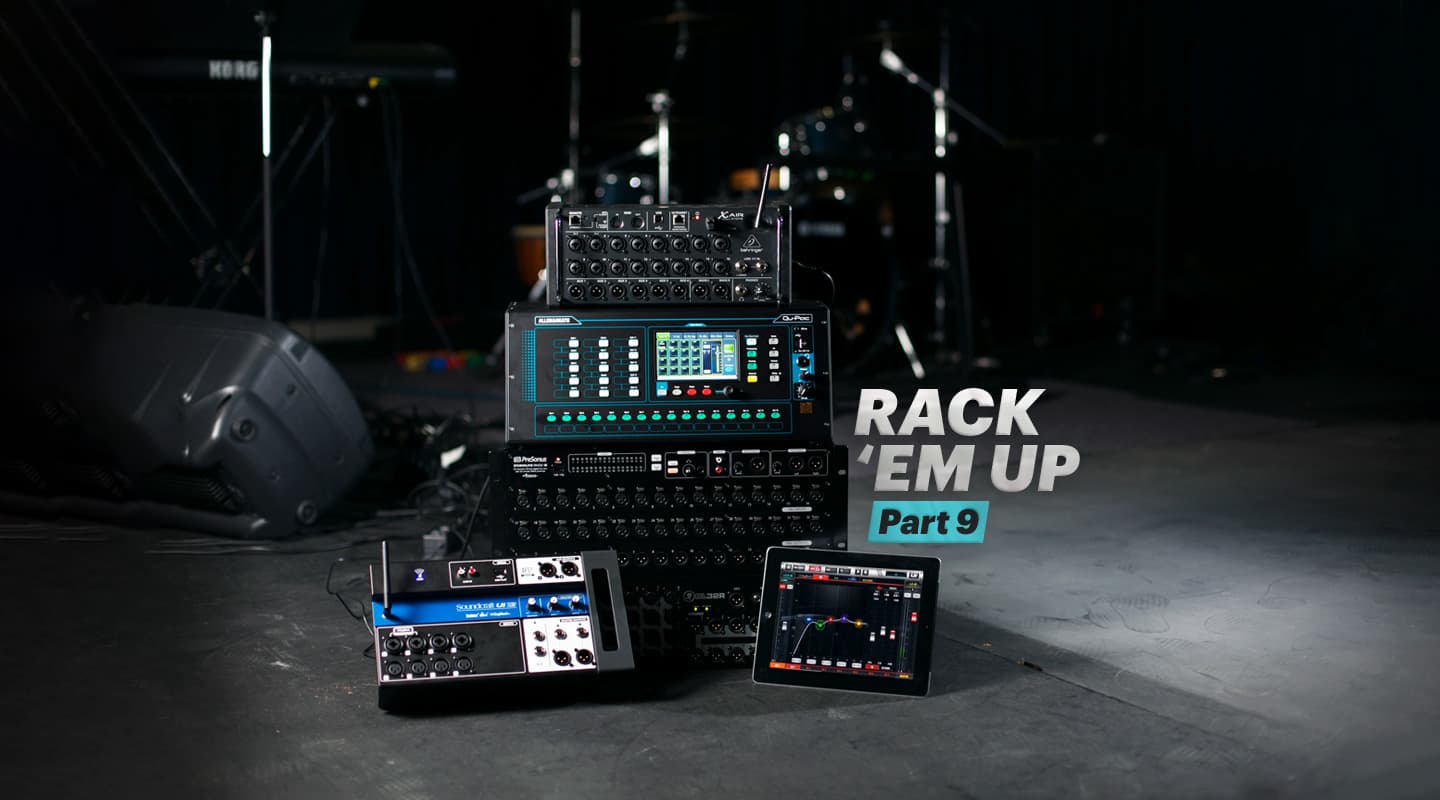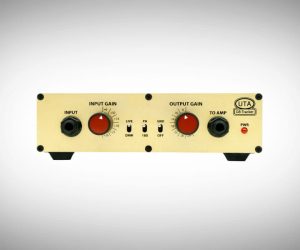
Rack ‘Em Up, Part 9: Recording
iPads may be on the downward trend, but iPad-controlled mixers are coming out in droves. We round up everything currently out on the market for one giant rack mixer review.
Here is where the Presonus empire flexes its muscles again. Presonus’ Capture is a particularly processor-light bit of live recording software that can run on Mac or PC. The Firewire 800 outputs on the back of the RM can be piped straight into your laptop. Capture also saves the StudioLive AI scene with the session, so when you load your session up into the Studio One DAW, all your channel names, dual Fat Channel settings, fader values, everything goes with it. Word on the street is the new version of Studio One will allow you to capture live to the DAW, but for now, Capture is as good a solution as any. Update: Presonus’ RM Series has always supported ASIO for Windows and is class-compliant for Core Audio compatibility on Macs. You can record all channels to any DAW you wish. It will save you lots of time having to rename channels on your live recording DAW if you plan on recording a lot of shows.
Commensurate to its input count, Soundcraft’s Ui only has a stereo recording feature attached to the master. Just hit record for a two-track desk tape straight to your USB stick. You can set up one of the two master fader function buttons to be a record button. The play button above the Master Fader also has a Cue function, so you can set it up to play the next song in your playlist, handy for solo performers cueing through backing tracks. You can pretty much play anything off a USB thumb drive, even .MP4 movies, and was forgiving of whatever random USB you stick in the slot.
While the smaller members of Behringer’s XR family only have two-track recording, the XR18 incorporates an 18 x 18 stream over USB. Via a matrix, you can either choose to send the inputs directly to your DAW, or any mix of auxes, FX sends, master, etc. There are 11 options for what stage in the chain the USB gets its signal from: direct from the Analogue Input, Analogue + Mute, Pre EQ, post Fader, and the list goes on.

Mackie has two onboard recording options: either record directly to a drive, or streaming to a DAW. Both work really well, allowing you to record 32 tracks simultaneously in 16- or 24-bit over USB, or 24 straight to a drive. You can select how many tracks you want to put down, you don’t have to capture all 32 if unnecessary. Being able to flip the global input source from the Record page makes it easy to play back what you’ve recorded. And there are simple controls for formatting and ejecting disks, as well as full transport and shuffle and loop controls for playback.
On Allen & Heath’s Qu-Pac you can either record direct to hard drive using the Qu-Drive USB-A slot on the front panel (which gives you 18 tracks of recording/playback); or use the USB B port on the rear which streams 32 I/O to your DAW of choice. You can select where it taps the USB output from on the QU-Pac unit, and there are individual Direct Out trims per channel. On the app, you can switch channels individually to the USB source and back, but to swap all channels at once, it’s only from the Qu-Pac screen.
To get Qu-Drive working, you must navigate to the Qu-Drive Utility tab on the Setup page and format the drive. It records up to 18 tracks of 24-bit/48k WAV files. While not strictly recommended, I managed to multi-track to an 8GB thumb drive, as well as using the stereo mix feature. I just had to remember to switch over all my input channel sources to the right USB source from the Processing page. It’s not immediately intuitive, on multiple occasions I found myself paging around in the Routing section trying to figure out where the function was, even though I’d seen it before.















RESPONSES